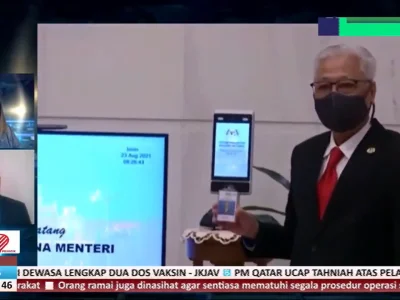
Nordin Abdullah speaking at the Stratcom Disaster Communication Forum held in Ankara, Turkiye from 25-26 April 2023. | NHA File Photo
The classic knee-jerk reaction is to say, fire the coach, change the leadership of associations, and reduce the funding till they start performing better. This kind of negative reinforcement may work for kindergarten children, but we are dealing with high-performance adults – individuals much further along in their psychological and professional development journey.
There is a need for a strategic shift in attitude and allocation if Malaysia is going to match its perceived vision of itself and the required image to be projected on the regional and global stage. How the nation competes, how an association competes and ultimately how an athlete competes is a function of the system that they are produced from.
Do we have an understanding of the competitive landscape in which our national sports association compete with other sports associations across ASEAN? In the first instance, each and every sporting association should have competitive information on their competitor associations. For example, how much money does each association have? How many resources are brought to bear including annual budgets, number of coaches, support staff, and the average number of fans at a game?
This matrix of data, economic data not just sporting data, should then be set against the medal tally. Taking a leaf out of Professor Daniel Johnson’s playbook, “It’s just pure economics,” whose economic medal prediction often reaches above 90 per cent accuracy for medal tallies at the Olympics. Who will be the hotshot economist in Malaysia who can make a name for themselves in this field?
Time is a critical factor in sports development. It takes a minimum of 10 to 15 years to develop a high-performance athlete depending on the sport – taking into consideration peak performance age and the average career span for that particular sport. This means sports development needs to be a long-term affair not just a two-year project.
The resources required over the high-performance phase of an athlete’s career required to allow him or her to perform at a medal-winning pace, together with the business intelligence of what competitors from other countries are allocated will allow for meaningful gap analysis and informed decisions to be made. The data required is beyond the performance data of other countries’ athletes.
On the national level, there is a need to understand the economic and social footprint of each and every sport. The sum value of a sports ecosystem in Malaysia needs to be known in detail so that output can be put into context. Looking at this data will allow the public and planners alike to know whether or not the country is performing well in any given sporting event.
The rationalisation and understanding of the competitive environment in which sportspeople operate must be a core competency of national sports bodies. That, together with deepening and widening the development pyramid while establishing clear pathways for athletes to succeed on the national, regional and international stages.
Those who have been at the coalface of sports development either as an athlete, coach or administrator will know that going to the next level requires resources. More coaching, better equipment, international competition exposure, better food, sports psychology and physiotherapy to name just a few. If a competitor has more, you are at a strategic disadvantage before the games even start.
At the same time, the exponential resources required for incremental improvement need to be understood. High-performance sports are the domain of the top half of the last one per cent with winning margins thinner the higher the level of competition. The final of the SEA Games men’s 100-metre saw a split of less than half a second between the gold medallist and the last finisher.
A country presents the nation’s best as a matter of pride and as a statement of national development – again, why economists can predict medal tallies.
Looking towards a sustainable and desired future, the answer is not less for those who did not do well; that is not going to help at all. The answer is more for all and extra for those who did well as a reward for success. The only rational and clear way forward will be a ‘balanced scorecard’ or ‘performance matrix’ that can be developed to understand the ‘money in, medals out’ equation.
This letter to the editor is written by Nordin Abdullah, Founding Chairman of the Malaysia Global Business Forum (MGBF) and EXCO for the Malaysia Cricket Association (MCA).
**This commentary was published in the following media: News Hub Asia, Glenreagh and The Star
Services
STAKEHOLDER ENGAGEMENT
BUSINESS INTELLIGENCE
GOVERNMENT RELATIONS
BUSINESS & BROADER MARKET ACCESS
Upcoming Events
‘A WORKING LUNCH WITH NORDIN’: NATIONWIDE TOUR WITH TOYOTA
MGBF Roundtable: Digitalisation of the Food and Beverage Industry
THE SOUTH CHINA SEA: A THREAT OF DISRUPTION FOR BUSINESS?
FOOD SECURITY IN THE BREACH: INDUSTRIALISATION AND WEAPONISATION
MGBF In The News

MALAYSIA GLOBAL BUSINESS FORUM TIES UP WITH SCOUTASIA

MGBF Photo Bank
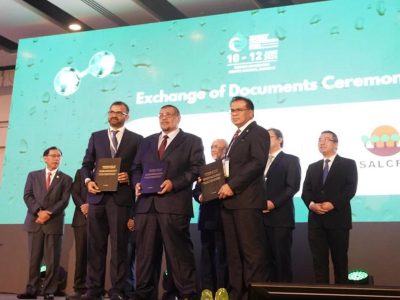
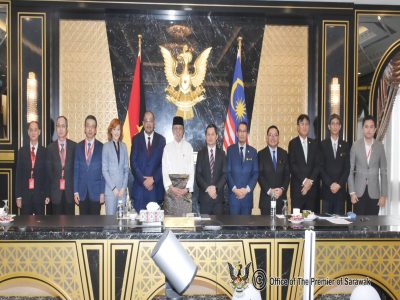

SPM and the Future of Data





MGBF Roundtable to shape Malaysia’s future in the digital economy
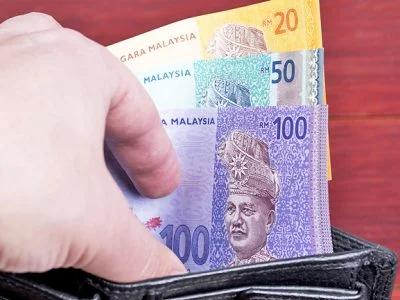
MGBF: Political stability to usher in new era for business

Death by a Thousand Algorithms

KSK Land recognised for investor attraction strategy

KSK Land set to drive further investment into Malaysia
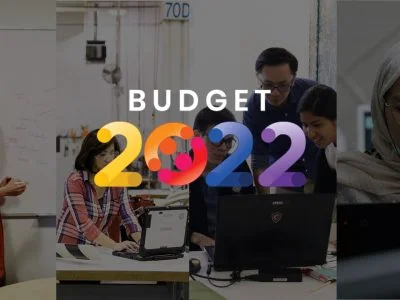
A Need for Strategic Calm
With Change Comes Opportunity


MALAYSIA GLOBAL BUSINESS FORUM TIES UP WITH SCOUTASIA

MGBF Photo Bank














